The kamikaze pilots
They would drive the invaders away just as typhoon “divine winds” had spared Japan from Mongol invasion fleets six hundred years before.
Their self-sacrifice would demonstrate supreme loyalty.
It would avoid the shame of capture and defeat.
It was virtuous, draped in ritual, and lay at the heart of the ancient samurai code.
By 1944, the desperate tactic was the last one which remained available to Imperial Japan.
Its naval power, including its naval aircraft, had been defeated in gigantic sea battles and its Pacific island garrisons had fallen.
Japan’s best pilots were dead and new replacements weren’t being trained fast enough to replace them.
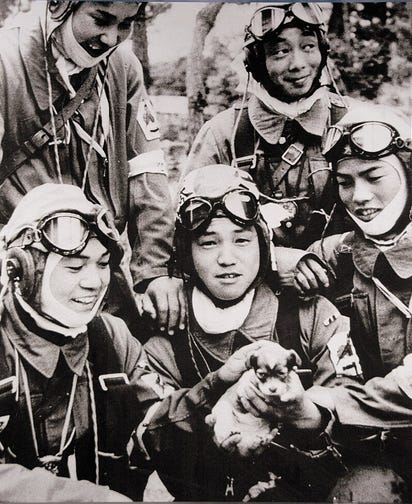
What remained in Japan’s arsenal were ten thousand old land-based aircraft and a cadre of young pilots willing to fly explosives-laden planes into the Allied ships which threatened their families and nation.
Many were university students who had been previously barred from military service.
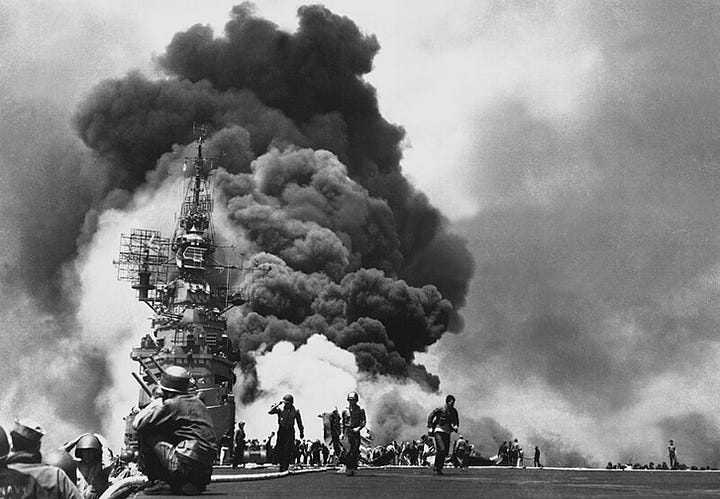
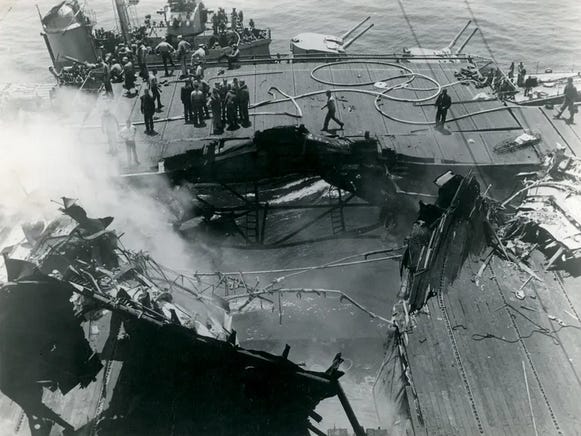
As a kamikaze wave prepared for takeoff, ground crews would pack the planes with bombs, torpedoes and tanks of extra gasoline.
Pilots would then stand for a special ceremony.
They would wear the ‘thousand-stitch sash’ with the Rising Sun, made by one thousand women who had each sewn one stitch to symbolize their solidarity with the kamikaze pilot who wore it.
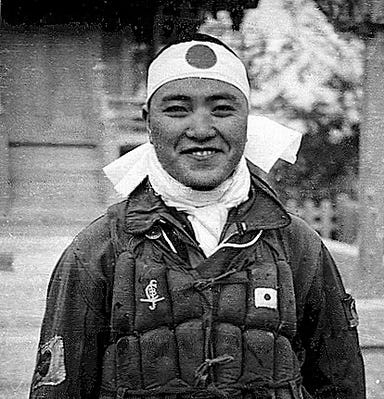
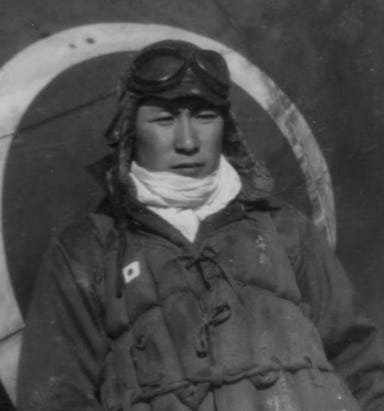
Pilots would drink sake, and some reports claim they were also given a wrapped chocolate which contained methamphetamine.
There would be a speech of dedication and praise; and, as they climbed aboard their planes, the ground crew would wave a salutation, sometimes joined by schoolgirls who would wave cherry blossoms.
Kamikaze pilot manual:
“Transcend life and death.
“Eliminate all thoughts about your life and your death.
“Only then you will disregard your earthly life totally.
“You will be empowered to focus your attention on eradicating your enemy with unwavering determination.”
Crews aboard the Allied ships dreaded the sight of kamikaze waves.
From seaman John Chapman:
“There was probably 45 planes in the air.
“Well, it was a scary situation, because you knew that they were going to dive on you.
“You could be firing on the aircraft, and they'd come right on, just keep coming right on through that.
“And you'd see pieces flying over the planes and everything else, and they'd just keep right on a-coming."
The largest kamikaze attack took place during the Battle of Okinawa [April to June 1945], involving 1,900 kamikaze planes.
During the war, kamikaze pilots sunk 47 American ships and damaged another 368, killing 5,000 US personnel and wounding another 5,000.
3,800 kamikaze pilots are believed to have died.
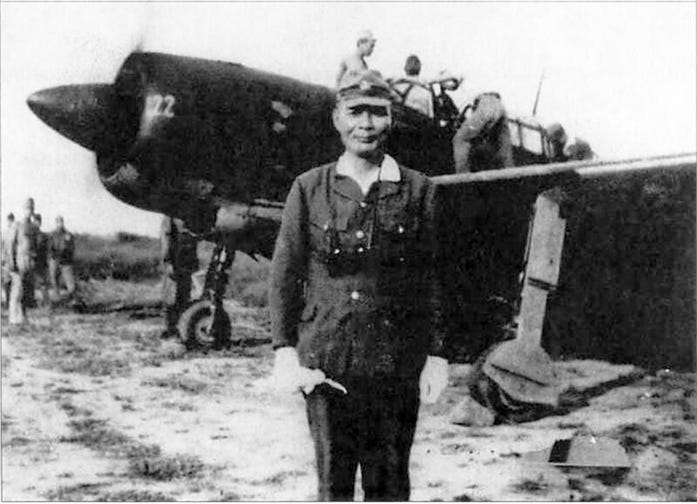
The few who survived, who were unable to crash their planes into an Allied ship due to mechanical failures or other flight accidents, have expressed a profound sense of survivor’s guilt.
They had failed.
******************************
I’ll see you tomorrow.
— Brenda
Banner image: A kamikaze attack on the USS Essex, an aircraft carrier, on Nov. 25, 1944, which killed 15 and wounded 44.





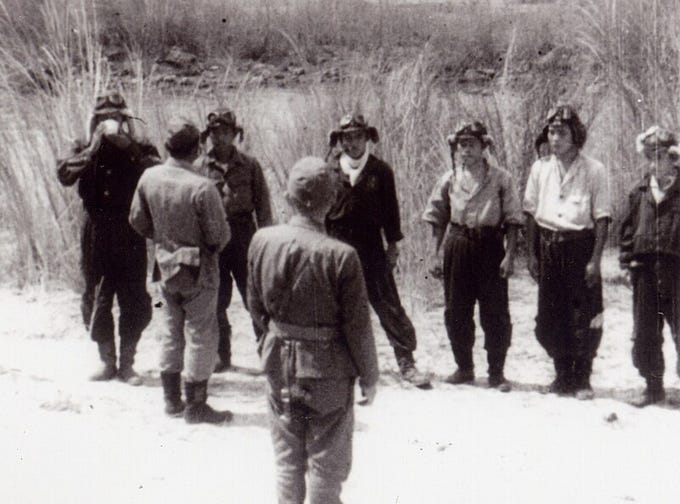
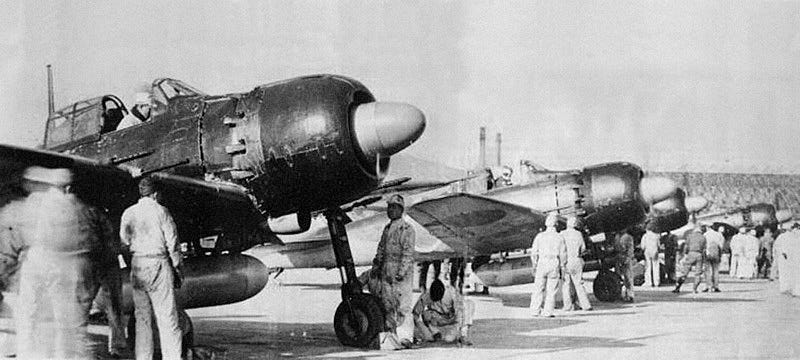
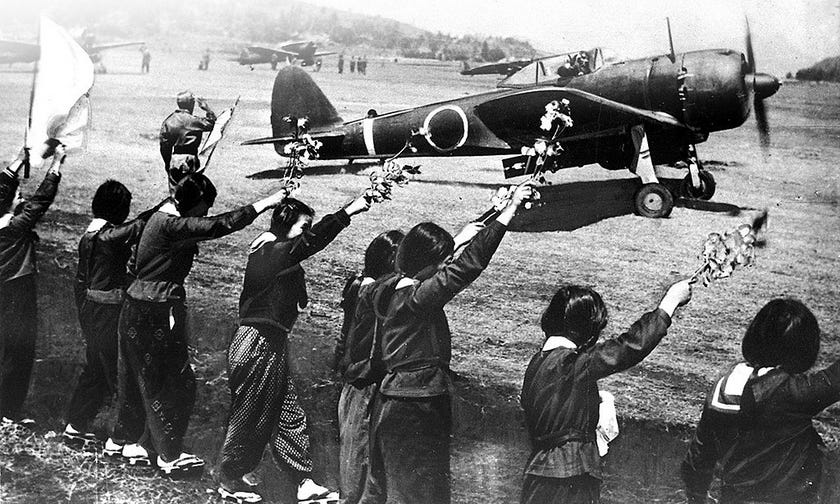
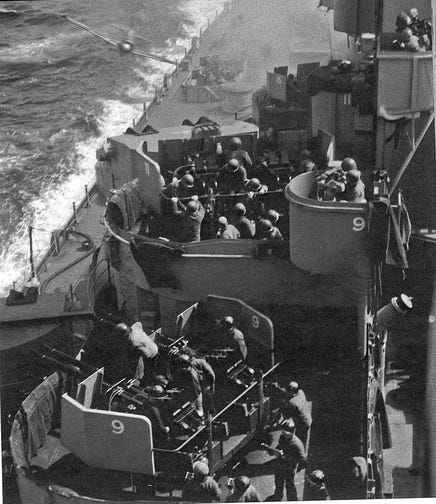
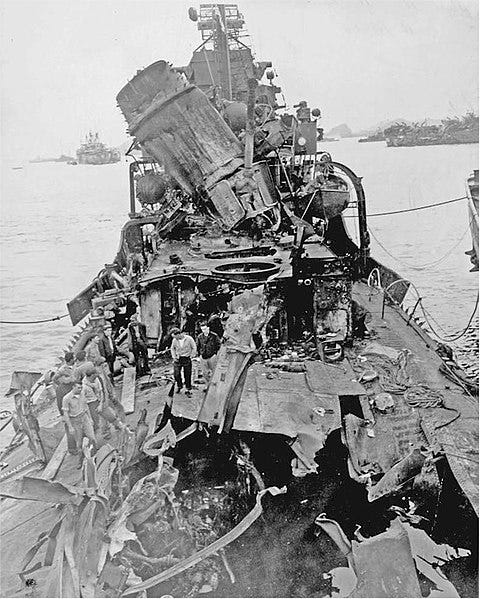


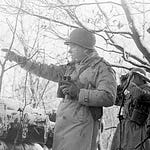
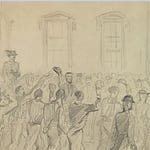

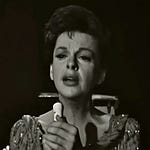
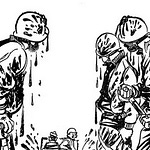
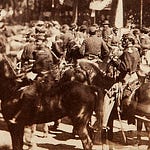
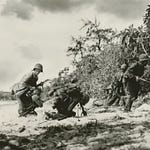
Photo of the Day